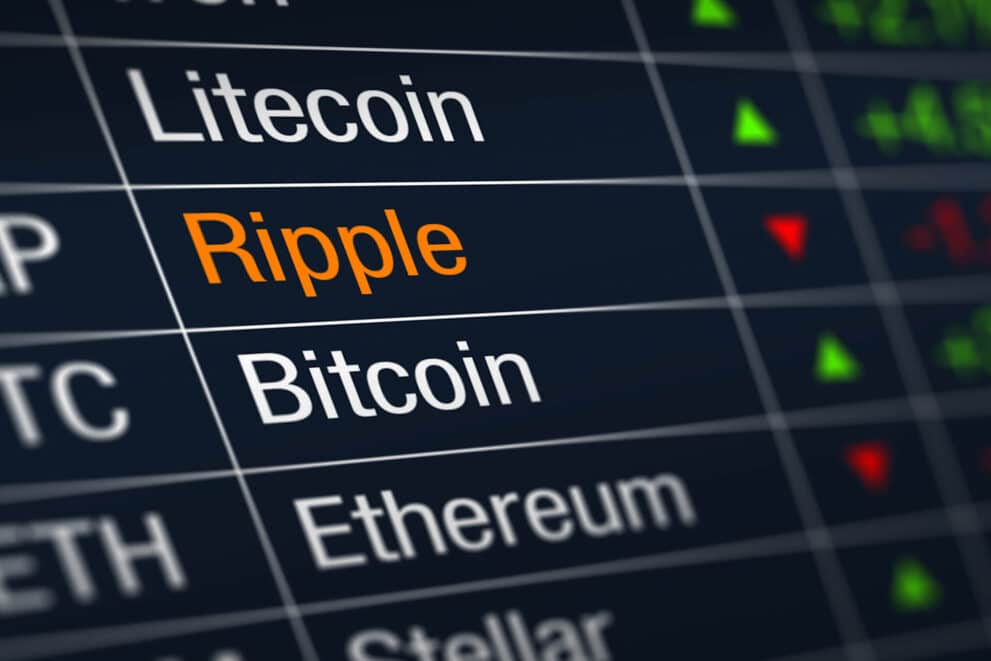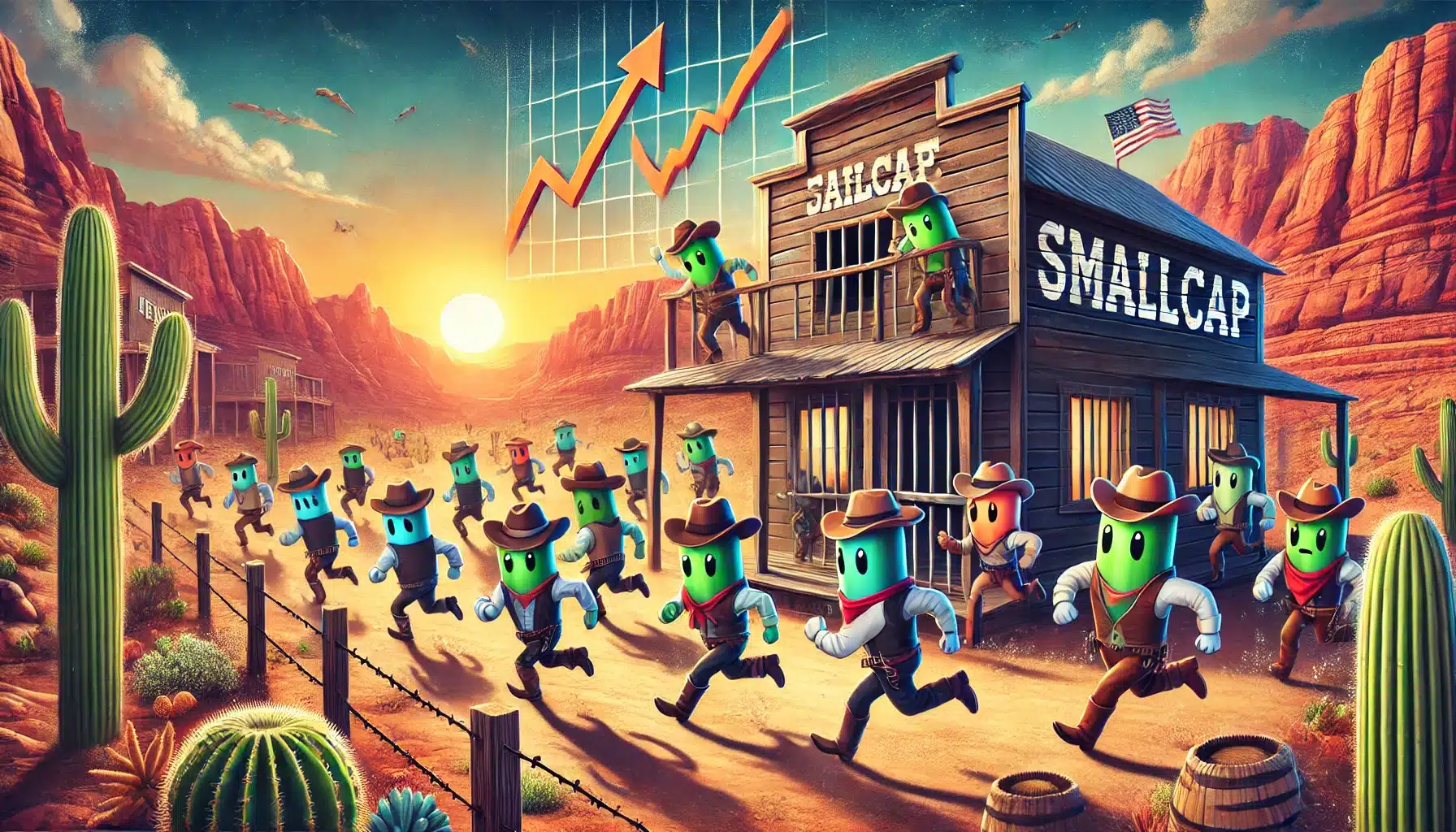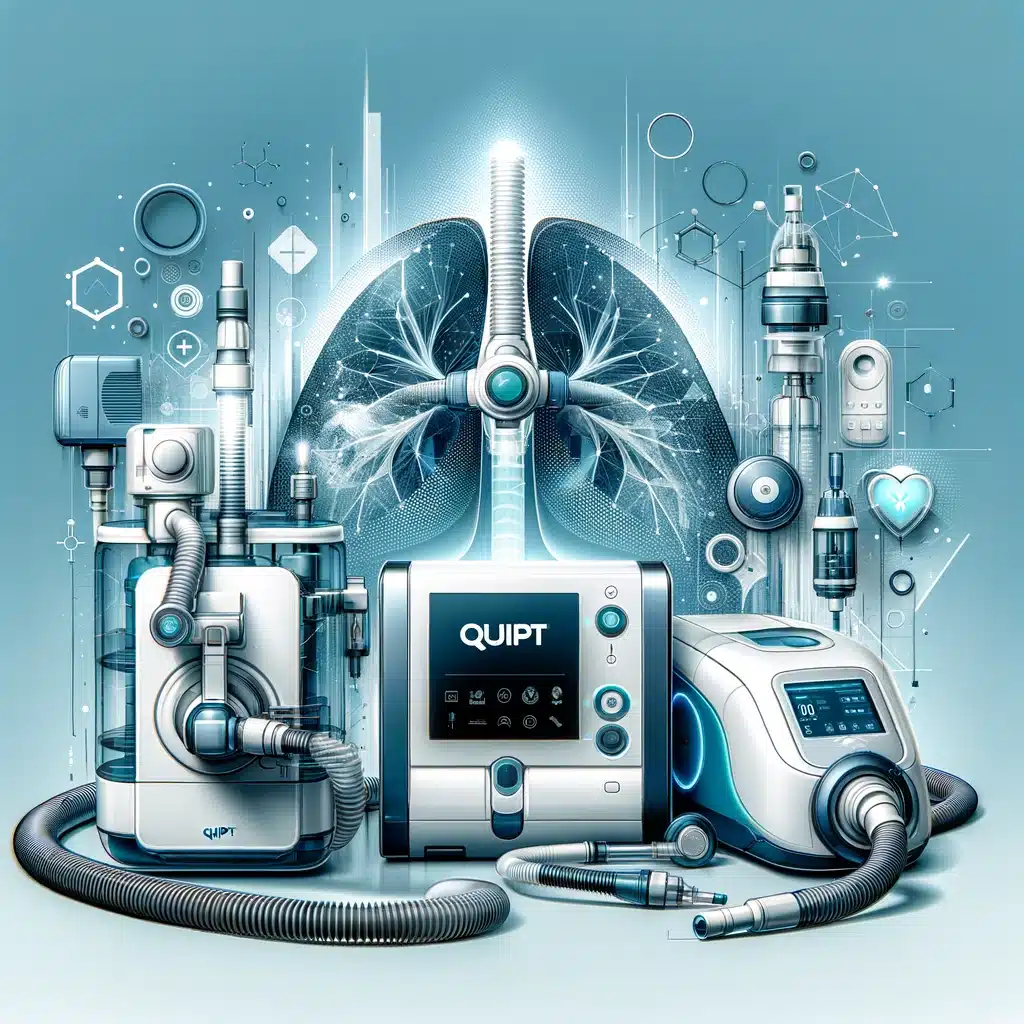
What is Web3?
Web3 refers to the concept of the third phase of the internet’s evolution. The term “Web3” encompasses a vision for a decentralized, user-centric, and interconnected internet that seeks to address some of the limitations and centralization issues present in Web2 (the current state of the internet) and Web1 (the early static web).
What does Web3 try to do?
Web3 aims to leverage blockchain technology, smart contracts, and decentralized protocols to create a more open, transparent, and user-controlled online ecosystem. The key characteristics of Web3 include:
- Decentralization: Web3 seeks to move away from the traditional client-server model of Web2 and distribute control and data across a network of nodes. Blockchain technology is at the core of this decentralization, ensuring data integrity and removing the need for a centralized authority.
- User Ownership and Control: In Web3, users have greater ownership and control over their data and digital assets. With cryptographic keys, users can access and manage their information directly without relying on intermediaries.
- Interoperability: Web3 aims to enable seamless communication and data sharing across different decentralized applications (dApps) and blockchain networks, fostering a more interconnected and cohesive internet experience.
- Programmable Assets: Web3 introduces the concept of programmable assets through smart contracts, enabling self-executing agreements and automated processes without relying on intermediaries.
- Privacy and Security: Web3 emphasizes the importance of privacy and security by design, using encryption and decentralized identity solutions to protect user data and maintain confidentiality.
Web3 and crypto
Web3 is associated with the growing ecosystem of decentralized applications, cryptocurrencies, non-fungible tokens (NFTs), decentralized finance (DeFi), and other blockchain-based innovations.
It’s important to note that Web3 is an evolving concept, and its implementation and adoption may vary over time. As the technology continues to advance, the vision of a fully decentralized and user-centric internet will likely become more refined and widely adopted.
How to invest in Web3
Investing in Web3 involves participating in various blockchain-based projects, cryptocurrencies, and decentralized applications (dApps). Keep in mind that the cryptocurrency and blockchain space is highly volatile and speculative, so it’s crucial to conduct thorough research and understand the risks before investing. Here are some steps to consider when investing in Web3:
- Educate Yourself: Learn about blockchain technology, cryptocurrencies, and the principles of Web3. Understand how decentralized applications, smart contracts, and various blockchain networks operate.
- Research Projects and Tokens: Investigate different blockchain projects and cryptocurrencies in the Web3 space. Look for projects with strong use cases, real-world applications, and active development teams. Assess their potential for solving real-world problems and their long-term viability.
- Choose a Wallet: To hold cryptocurrencies and digital assets, you’ll need a digital wallet. There are various types of wallets, including hardware wallets, software wallets, and mobile wallets. Each has its own security features, so choose one that suits your needs.
- Buy Cryptocurrencies: Once you have a wallet set up, you can buy cryptocurrencies from various cryptocurrency exchanges. Ensure that you use reputable exchanges with robust security measures. Popular exchanges include Coinbase, Binance, Kraken, and Bitfinex.
- Diversify Your Portfolio: Consider diversifying your investments across different cryptocurrencies and blockchain projects. Diversification can help reduce risk and exposure to individual assets’ volatility.
- Be Cautious of Scams: The cryptocurrency space is known for scams and fraudulent projects. Be cautious of “get-rich-quick” schemes and conduct due diligence before investing in any project.
- Stay Updated: Stay informed about the latest developments and news in the blockchain and cryptocurrency industry. Market sentiment and regulatory changes can significantly impact the value of your investments.
- Use Risk Management: Only invest what you can afford to lose. The cryptocurrency market is highly speculative, and prices can fluctuate significantly. Consider your risk tolerance and avoid investing more than you can afford to lose.
- Consider Staking and Yield Farming: Some blockchain networks allow users to stake their tokens to earn rewards or participate in yield farming to earn additional tokens. These strategies can offer ways to generate passive income in the Web3 ecosystem.
- Stay Compliant: Understand the regulations surrounding cryptocurrency and blockchain investments in your country. Ensure that you comply with tax laws and reporting requirements.
Remember that investing in Web3 carries inherent risks, and past performance is not indicative of future results. Always seek advice from a qualified financial advisor before making investment decisions in this rapidly evolving and dynamic space.
What are some specific Web3 investments?
As of my last update in September 2021, here are some specific Web3 investments that were prominent at that time. Please note that the cryptocurrency and blockchain space is highly dynamic, and the popularity and performance of specific investments may have changed since then. Always conduct thorough research and due diligence before investing in any specific projects.
- Ethereum (ETH): Ethereum is a blockchain platform that enables the creation of decentralized applications (dApps) and smart contracts. It was one of the earliest and most popular Web3 investments, with a significant ecosystem of dApps and projects built on its platform.
- Binance Coin (BNB): Binance Coin is the native cryptocurrency of Binance, one of the largest cryptocurrency exchanges in the world. BNB is used to pay for trading fees on the Binance platform and has utility within the Binance Smart Chain (BSC) ecosystem.
- Cardano (ADA): Cardano is a blockchain platform known for its focus on sustainability, scalability, and academic research. It aims to provide a more secure and efficient infrastructure for decentralized applications and smart contracts.
- Polkadot (DOT): Polkadot is a multi-chain blockchain platform that enables interoperability between different blockchains. It aims to create a scalable and decentralized network of blockchains, known as a “parachain” ecosystem.
- Solana (SOL): Solana is a high-performance blockchain platform that claims to offer fast transaction speeds and low fees. It aims to support decentralized applications and projects with high throughput.
- Chainlink (LINK): Chainlink is a decentralized oracle network that provides real-world data to smart contracts on various blockchains. It enables smart contracts to interact with external data sources securely.
- Aave (AAVE): Aave is a decentralized finance (DeFi) protocol built on Ethereum. It allows users to lend, borrow, and earn interest on various cryptocurrencies without the need for traditional intermediaries.
- Uniswap (UNI): Uniswap is a decentralized exchange (DEX) protocol on Ethereum, allowing users to swap various ERC-20 tokens directly from their wallets without the need for an intermediary.
- Filecoin (FIL): Filecoin is a decentralized storage network that enables users to rent out their unused storage space and earn tokens in return. It aims to create a decentralized and more efficient storage system.
- Compound (COMP): Compound is a DeFi protocol on Ethereum that allows users to lend and borrow cryptocurrencies by providing liquidity to the protocol.
Remember that the cryptocurrency market is highly volatile and subject to rapid changes. The performance of specific investments can vary significantly, and new projects may have emerged since my last update. Always conduct your research and consider your risk tolerance before investing in any Web3 projects.



 Share
Share Tweet
Tweet Share
Share




Comment